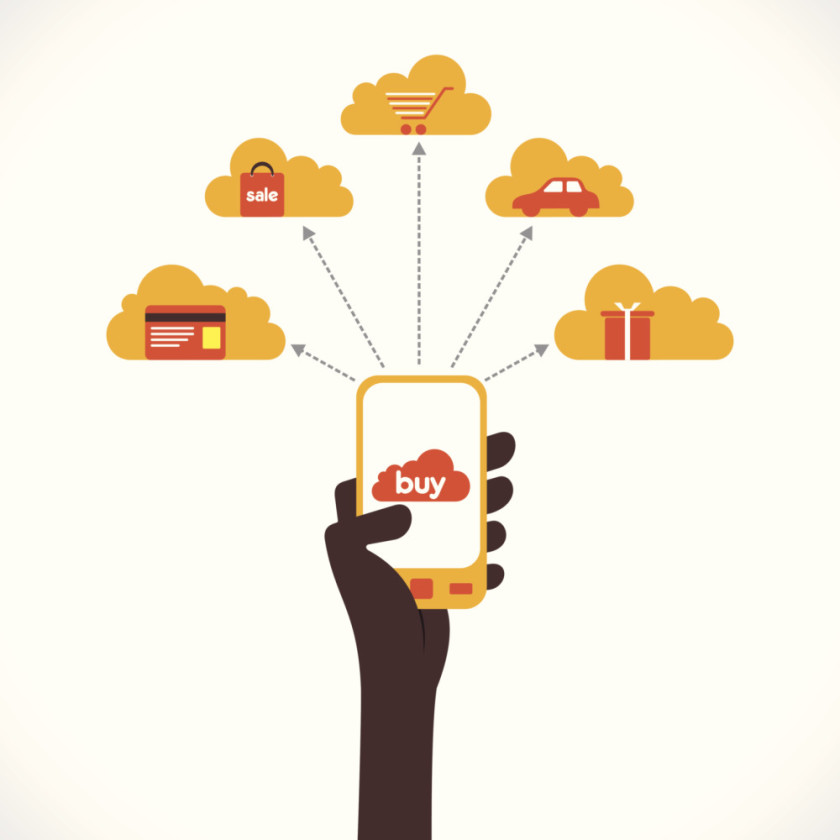A pencil dive is more impressive than a belly flop. A stadium silent in prayer is more impressive than a stadium screaming at a touchdown. In both situations, the more subtle approach to the same end impresses us more. Similarly, Pinterest’s proposed ad strategy is more impressive than YouTube or Facebook’s ad strategy.
Pinterest prizes convenience—the site’s ad strategy seeks to both please the user and profit the site. Starting in late June, Pinterest will begin to offer a function called the “Buyable Pin.” This function will allow users to scroll through the site and buy products from retailers contemporaneously. No longer will an errant click on an ad lead the user to another site: Pinterest has partnered with Apple Pay so that users never have to leave Pinterest at all. In addition, the site has stated that it will not save credit card information, in an effort to assuage fears of fraud.
By embracing the ideal of convenience, Pinterest hopes to draw more users into its fold; the synthesis of social media and an online store seems like a perfect opportunity. This move shows that the site no longer will act as a social website only, but now also as an online store.
Pinterest’s advertising strategy represents adept marketing. Instead of berating the user with ads and pop-ups, the site will synthesize its advertisements with the actual Pinterest experience. As an increasing number of social media sites begin to place ads on their sites, they ought to take note of Pinterest. Providing an experience marked by convenience will enchant users, and consequentially, keep them on the site.
See Social Media Today for original article.


